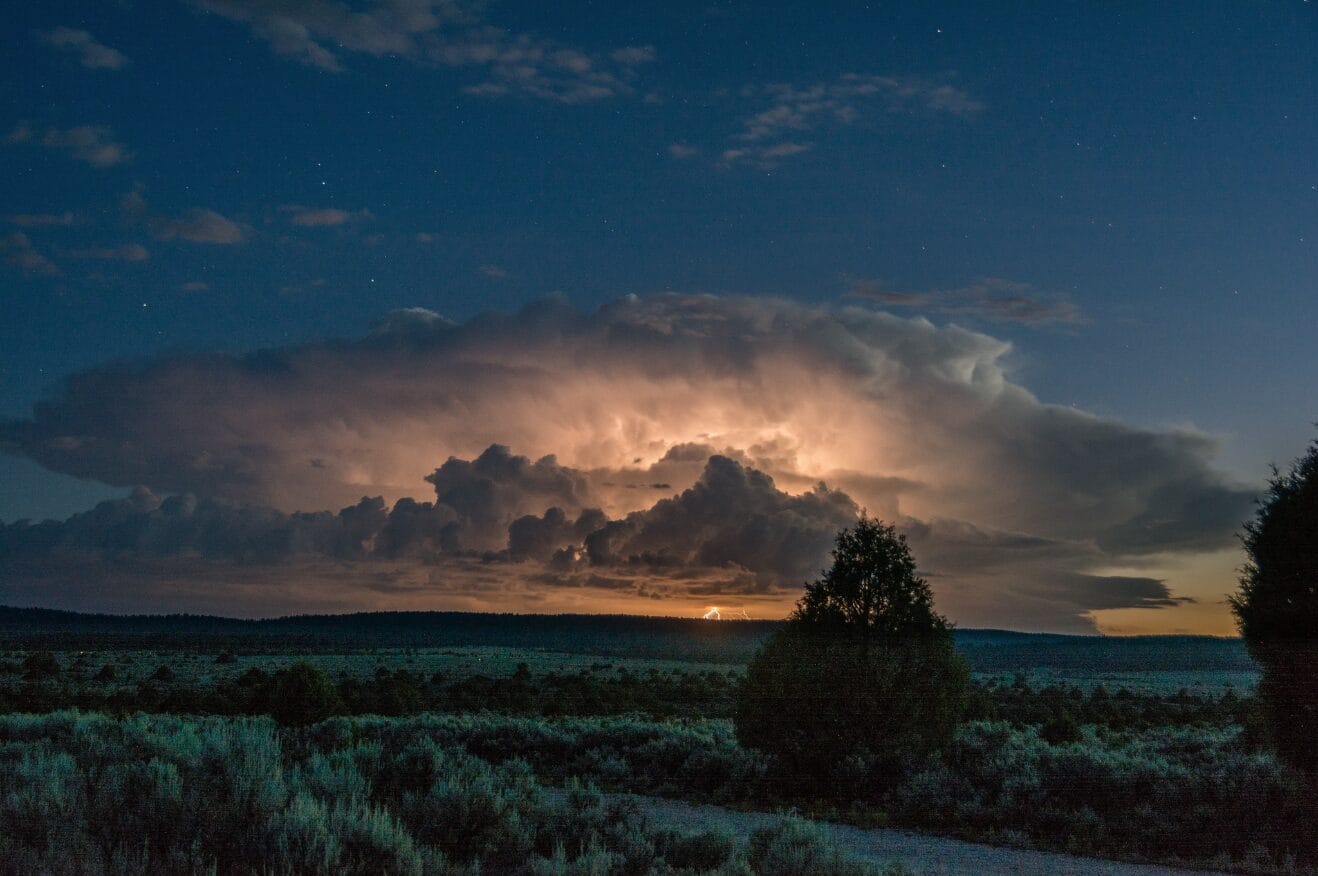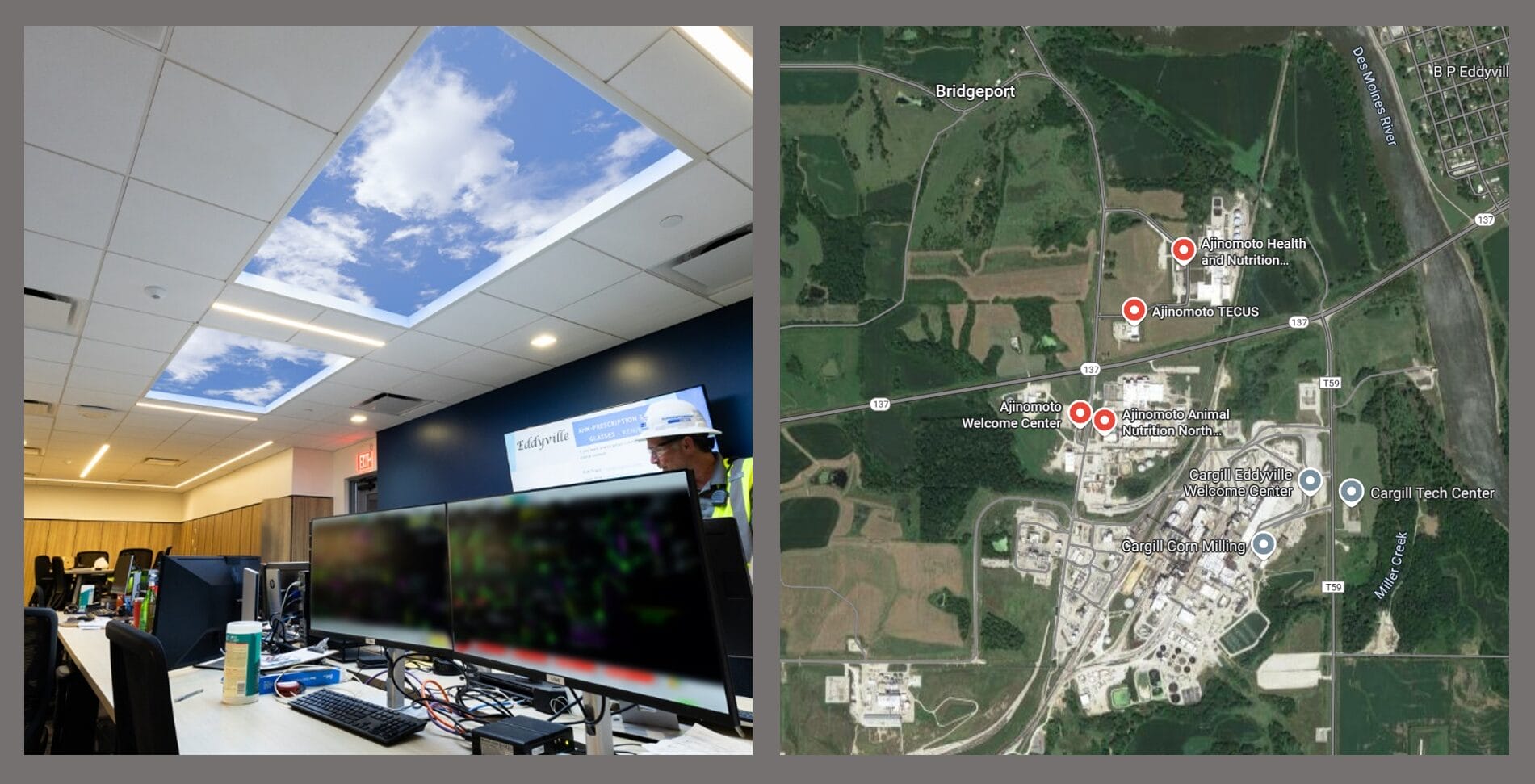
When architects or designers are faced with drab and enclosed interiors, their first instinct might be to find a way to break free from the confining boundaries. Some may not hesitate to bring in a virtual skylight that provides a perceived vantage point to an open sky, but once in a while, a discerning designer might wonder: are fake skylights biophilic surrogates or kitsch?
Certainly, questions of taste emerge from one’s background and exposure to different experiences. However, the psycho-physiological effects of properly crafted, biophilic illusions of nature are not a question of taste, but of expectations met or cleverly foiled. Due to its pervasive and transparent influence, perception is often thought as a passive process, one where we assimilate environmental cues and consciously react to them.
However, when it comes to the neural correlates or visual perception, there’s much more than meets the eye. The neural processes that underwrite sensory perception are hardwired to be predictive. That’s right, perception is quick to the draw. When we make the outline of a long shadow or the hollow echo of footsteps in a darkened hallway, our mind rushes to predict whether the rhythm and gait belongs to someone we know, even before the nearest lamp erases all doubt.
Our evolutionary penchant for second guessing is the mechanism that artists explore and exploit to surprise, soothe, or mesmerize the unsuspecting observer. Expectations not born of the trained mind of an intellectual, but those that emerge from the deep, subconscious well of human experience, are the unseen strings the skilled artist plucks.
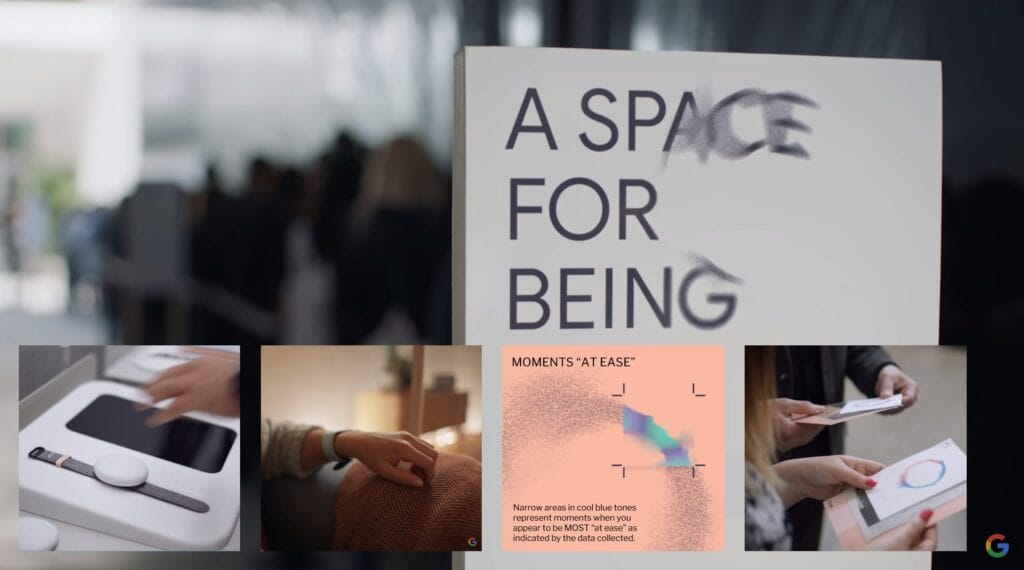
In her book, Your Brain on Art, How the Arts Transform Us, Susan Magsamen, executive director of the Arts + Mind Lab at Johns Hopkins University, and Ivy Ross, VP of design for hardware at Google, discuss a 2019 project that involved creating an immersive exhibition called A Space for Being. The exhibit consisted of three distinct environments, rooms designed through the lens of applied neuroaesthetics principles.
The experiential rooms, christened the Essential, Vital, and Transformational space, featured a range of sensory attributes corresponding to their thematic foundation. Through furniture and artwork, plus a rich range of color, textures, lighting, sounds, and scents, visitors were treated to enriched sensory environments. Outfitted with wristbands that recorded their physiological responses, visitors explored the rooms at their leisure. At the end of the exhibit, “guests received a personalized data visualization revealing the space in which they felt most at ease based on their real-time biological feedback.”1
The exhibit’s big finding stumped many participants “who were surprised by the disconnect between their biology and the room in which they believed they would feel most calm.”2 The authors explain that the discrepancy arises from the lag between our thinking process, which originates in our prefrontal cortex, and our autonomic, visceral response to sensory stimuli, which occurs in the limbic system, an older cortex that resides deep inside the brain.
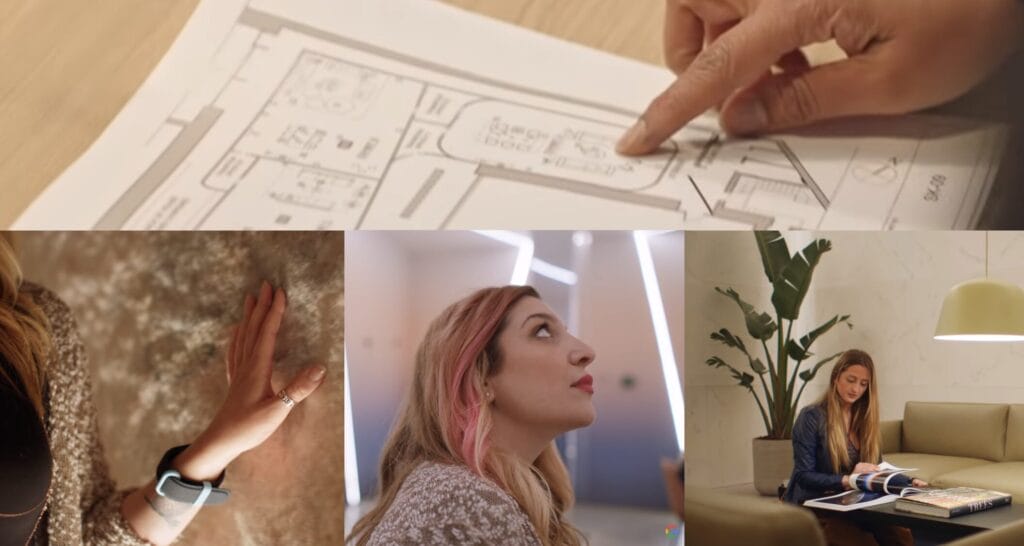
This is also why judgements of taste tend to be an intellectual, but personal affair more often than not divorced from how sensory stimuli impacts our physiology. This is particularly true when we find ourselves in a vulnerable or heightened state, say at the doctor’s office or during a diagnostic scan. An illusory sky in a place least expected, will surprise us: we may perceive its flat two-dimensional surface entirely different.
During a stressful procedure, we may experience an explosion of vertical space when laying underneath its opening. That visceral reaction bypasses questions of taste; our biophilic memory awakens and resonates with the contextual cues that it recognizes.
A bona fide sky illusion delivers its emotional imprint based on skillfully mimicking experienced sensory cues stored from past experience, triggering what neuroscientists call felt states—actual chemical and neural patterns—that match those we experienced when we were, for example, outdoors and carefree under the real blue sky.
The recollection of such a memory, vividly evoked by the sensory stimuli surrounding the observer, demonstrates that works of art stimulate the Autonomic Nervous System (ANS) through the magic of visual composition and skillful illumination. While the neurosciences might finally be uncovering this hidden cortical dynamic, artists have known about this link intuitively because they are trained phenomenologists; they strive to create memorable experiences. And when the visual arts succeed in flooding the physiology with positive emotions, they exemplify applied neuroaesthetics.
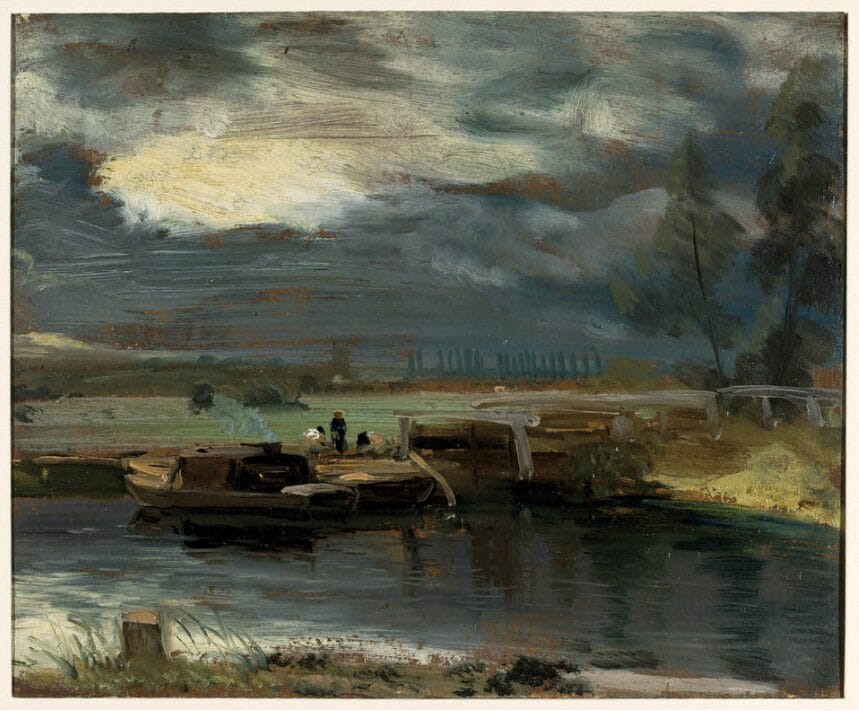
As John Constable, the 19th Century English painter, noted in a letter to a close friend, “painting is but another word for feeling.”3 Artists move, transform, and galvanize our emotions through their work. And photography, like painting, can also evoke deep feelings based on compositional cues that lay beyond our conscious appreciation, tethering our emotions to memorable and cathartic sensory stimuli beyond explanation.
However, not all the magic resides in the artwork, though its craftsmanship and execution must be precise to convey the proper cognitive effect. What is also fundamental rests on the affiliative effect the work of art has on the observer’s perception.
In 1956, the esteemed art critic and historian, Erich H. Gombrich, gave a series of seven lectures that came to be known as the A. W. Mellon Lectures in the Fine Arts, at the National Gallery of Art, in Washington, D.C. At the time, he proposed a theory of perception where all communication hinged on the crucial interplay between expectations and experience.
His interest in studying the art of pictorial representation revealed the profound role perception plays—what he termed the beholder’s share—in bridging the gap between object and observer before the latter can experience the embodied truth portrayed by the artist in his work. Under his premise, Gombrich concluded that “there is no rigid distinction between perception and illusion.” 4
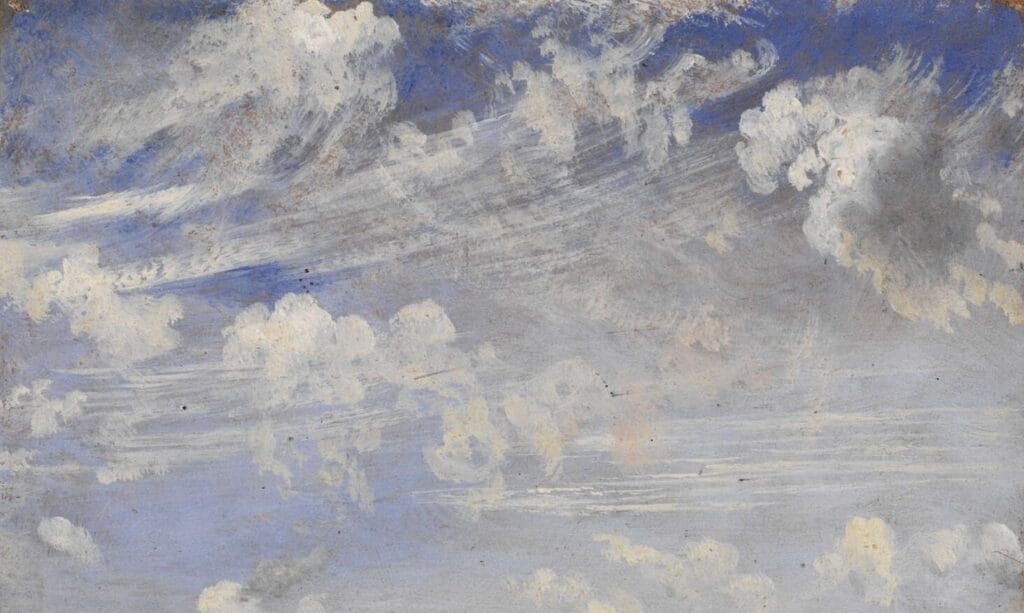
Artists have always been adept at loosening the knots that moor our perception to what we think we know and entice our expectations with what may lie around the corner. By awakening our innate sensory curiosity and drawing from the deep well of human experience, artists move with astonishing fluidity between the illusion of the real and the unexpected suspension of disbelief that our senses find so captivating.
In his book, The Embodied Image, renowned Finnish architect Juhani Pallasmaa, says: “all artistic images simultaneously take place in two realities and their suggested power derives from this very tension between the real and the suggested, the perceived and the imagined.”5 He also notes that unlike strong images that are perfectly articulated and thus have a minimal tolerance for change, images with a subtle or fragile gestalt possess aesthetic tolerance. In other words, images that do not define their meaning enable the observer’s imagination to take flight and come to their own conclusions.
This is the reason why nature imagery excels in leading thoughts and feelings aloft. What we see in a landscape or overhead sky speaks to us at the moment that we witness that scene. It might evoke one of a thousand memories, emotions, or sensory impressions. In fact, because the sky is in constant motion, it leads us to imagine new situations. Even when all we see is a clear blue sky from east to west, there’s more than meets the eye.
The changing sky with its formidable and evanescent clouds is one of humanity’s most universal and cherished sights. It runs so deep in our psyche that its luminous diurnal cycle regulates our wake-sleep cycle. However, when we see an open blue sky before us, it also becomes a private doorway into a vast inner world; one we can explore and go as far as our imaginations will go, taking us far from the place where we are.
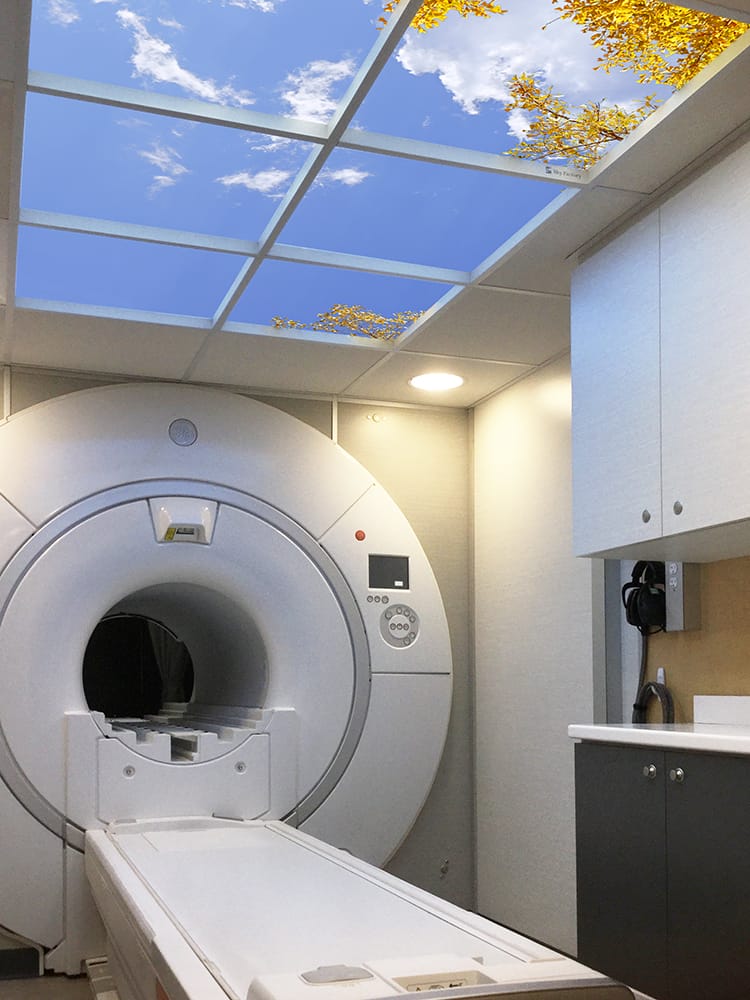
That is why, in confined interiors, an illusory sky is such a powerful restorative instrument: the scene takes advantage of the beholder’s share and releases our powers of imagination, recollection, hope, and resilience. The sky becomes a deep mirror where we can soar beyond during times of distress, contemplate our situation in a more compassionate light, or gather strength for the fight ahead galvanized by the memories and bonds that tie us to home and hearth.
Biophilia, our affinity with other living organisms, is both a source of strength and inspiration. And the visual arts are a powerful therapeutic tool in the environment of care because they establish a direct link between our memories and imagination. And the phenomenology of art perception leads to the neurobiology of healing.
Note: Lead image (Evening Thunderstorm) was taken at Tres Piedras, New Mexico (Clouds Appreciation Society).
References
1 Magsamen, Susan and I. Ross. Your Brain on Art: How the Arts Transform Us. New York, N.Y., Random House, 2023. p. 22
2 Ibid.
3 Ronald Parkinson. John Constable: The Man and His Art. London, U.K. Victoria and Albert Museum Press, 1998. p. 9
4 E. H. Gombrich. Art and Illusion: A Study in Psychology of Pictorial Representation. Princeton, N.J., Princeton University Press, 1960. p. 29
5 Juhani Pallasmaa. The Embodied Image: Imagination and Imagery in Architecture. West Sussex, United Kingdom, John Wiley & Sons, 2011. p. 63

